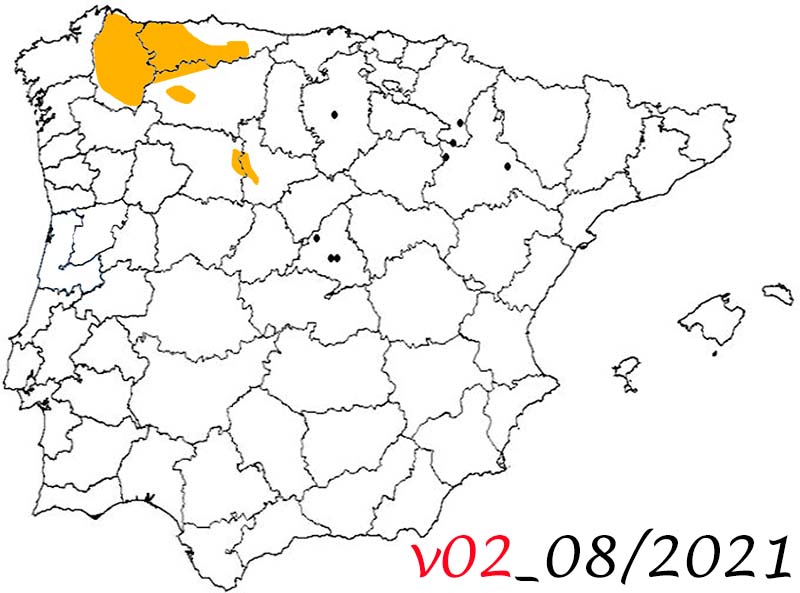
2. Travel through the northwest of Spain
August 18 to 22, 2021
Day 0, Lugo in one day
September 10, 2019
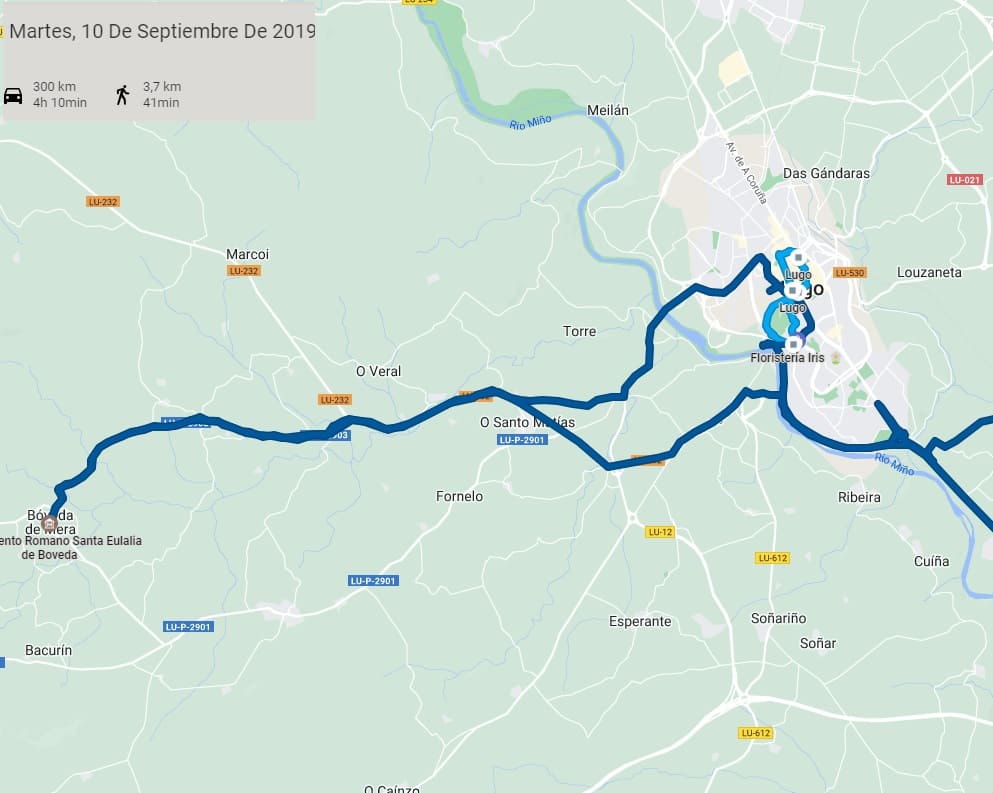
Dos años antes de hacer este viaje visitaba Lugo. Antes de entrar en Lugo pasaría por un pueblo desconocido por muchos que guarda un gran tesoro. Ese pueblo
es Bóveda de Mera el cual alberga la iglesia de santa Eulalia de Bóveda.
In it is the oldest horseshoe arch of the peninsula. Under the
church of Santa Eulalia, not many years ago it was discovered that there was another floor under the church. This plan confirms that the church was built on a Visigothic temple and that before there was
a Roman temple.
It is known that there were several Roman villages in that area due to the quality of the thermal and healing waters in the area. The temple was dedicated to the goddess Cibeles and there are paintings that have been perfectly preserved because the temple was hidden underground. These paintings deal with birds and correspond to the classical Roman period. It is believed that the temple would function as a place to sacrifice bulls for some ancient ritual.
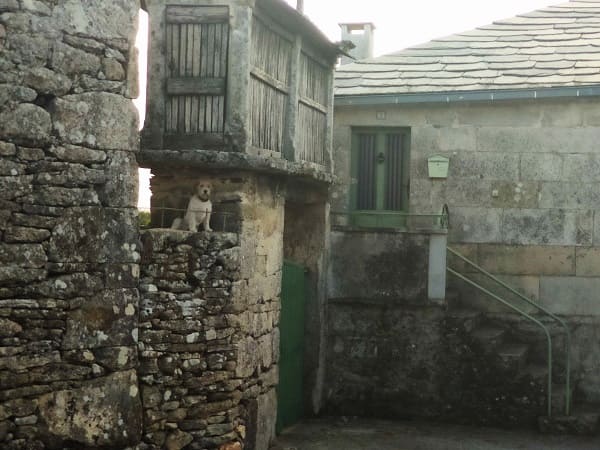
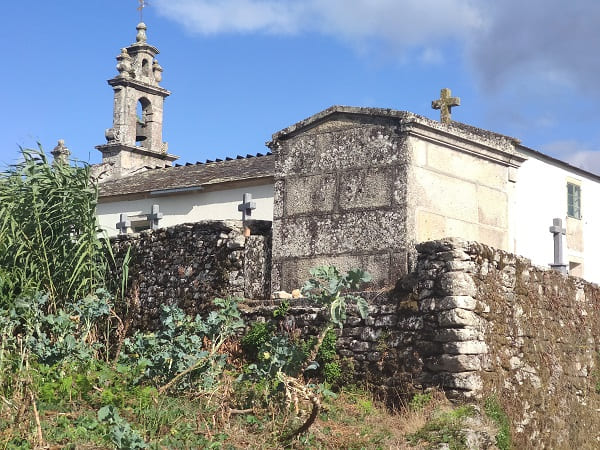
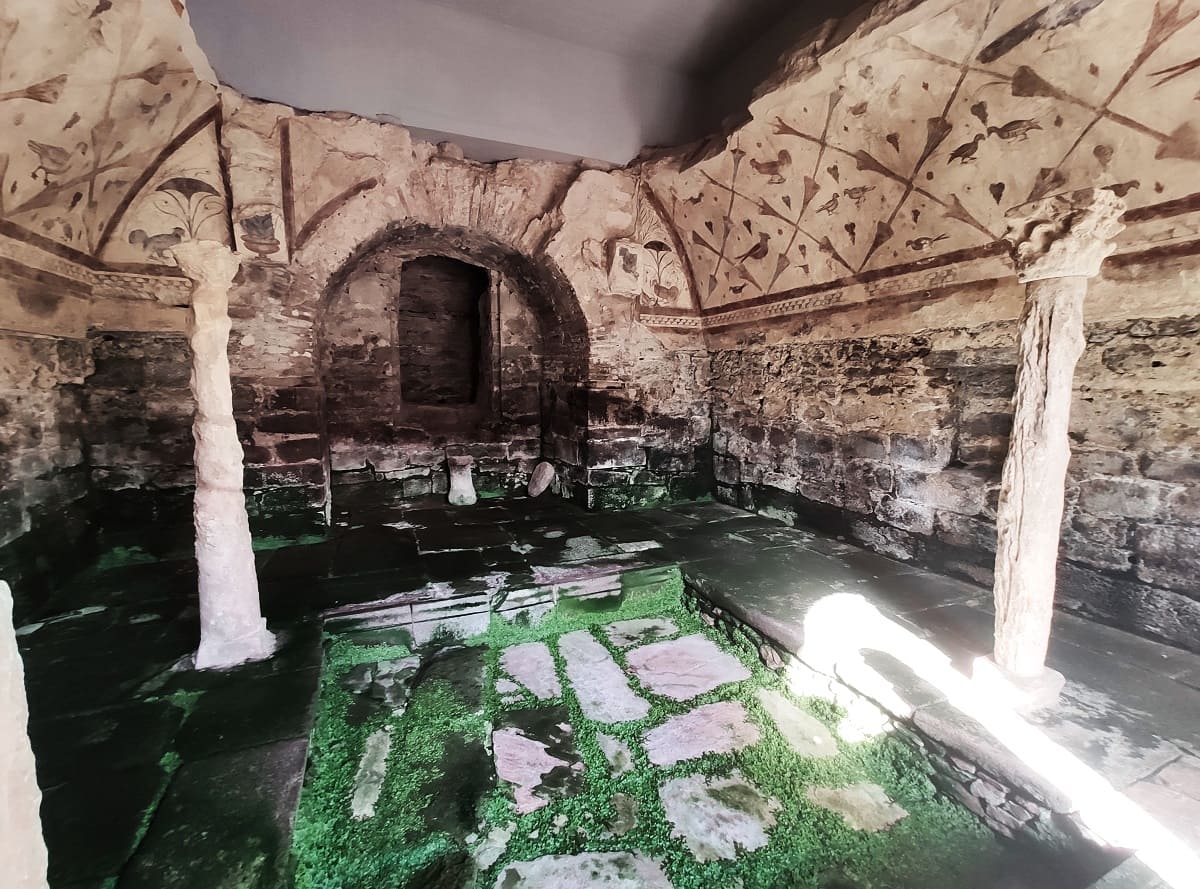
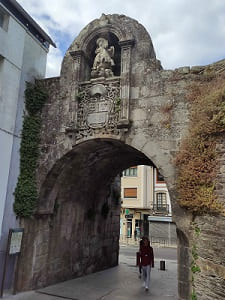
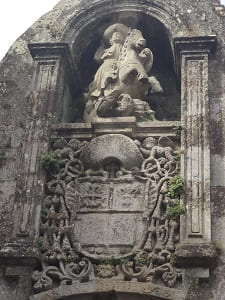 Lugo is of Roman origin, it was founded in the year 25 a. C. by Paulo Fabio Máximo and is the oldest in Galicia. Built near a castro, in Roman times it received the name of Lucus Augusti. Numerous Roman remains, many of them kept in the Provincial Museum, bear witness to its early history, especially its Roman wall, unique in the world, which preserves its entire perimeter, and which was declared a World Heritage Site in 2000. Dista 85 km from the coast, although its province has a sea.
Lugo is of Roman origin, it was founded in the year 25 a. C. by Paulo Fabio Máximo and is the oldest in Galicia. Built near a castro, in Roman times it received the name of Lucus Augusti. Numerous Roman remains, many of them kept in the Provincial Museum, bear witness to its early history, especially its Roman wall, unique in the world, which preserves its entire perimeter, and which was declared a World Heritage Site in 2000. Dista 85 km from the coast, although its province has a sea.
Throughout its history, it experienced both periods of abandonment and important moments in the country's history, from the meeting in the year 842 of a great army to conquer Oviedo and enthrone Ramiro I to the pronouncement of Colonel Miguel Solís that would begin the uprising of 1846 against President Narváez. Lugo holds the title of The Very Noble and Loyal City.
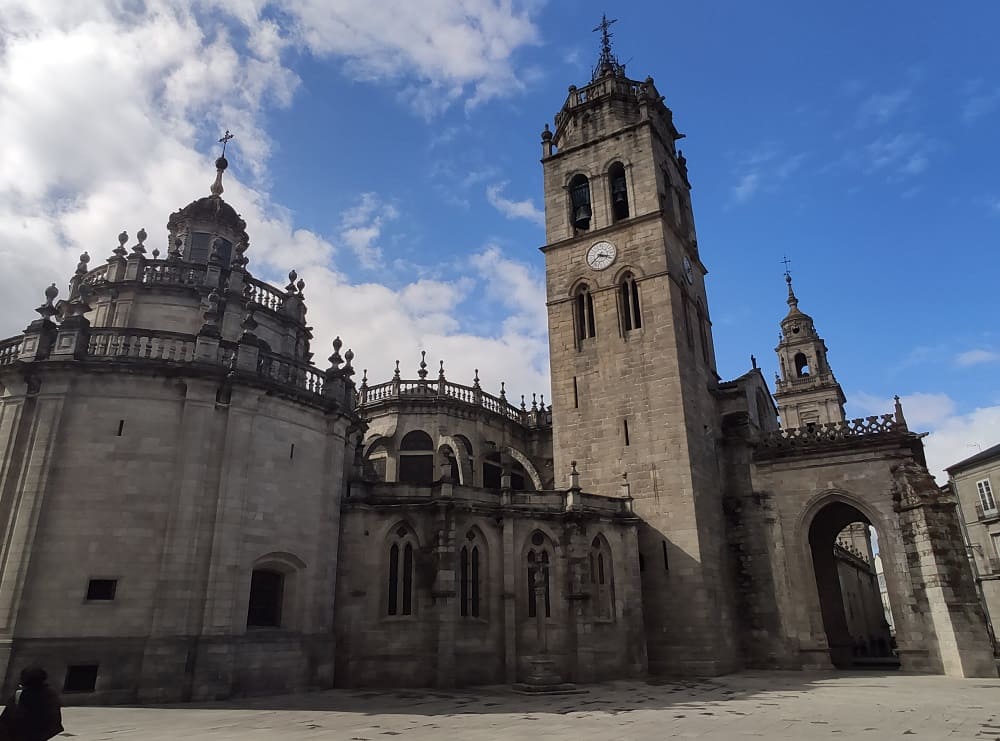
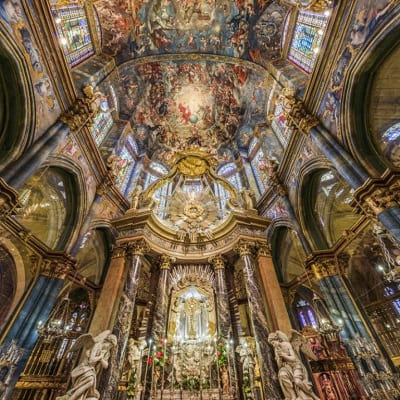
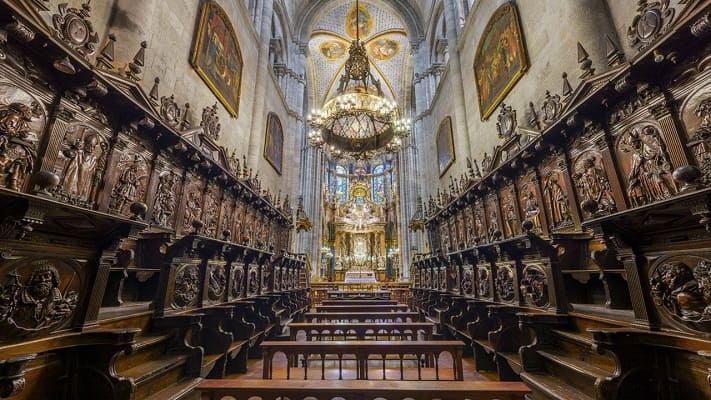 The Cathedral of Santa María de Lugo
The Cathedral of Santa María de Lugo was built on a previous temple, possibly of Roman origin, being one of the most important of that time. It is located in the southeastern part of the wall. Nothing is known until the 9th century where the lion king of that time would use the previous model to erect the cathedral of Oviedo that began on that date, which was one of the capitals of the kingdom and where the reconquest would begin. The cathedral would be begun at the beginning of the 12th century due to the conditions of the old temple and that is why it is Romanesque in style, especially if seen from the rear of the apse.
The highlight is the main altarpiece that, due to falling in the Lisbon earthquake, it was decided to divide it into two parts, one for each part of it. It has a Latin cross structure.
The main nave is covered with a pointed barrel vault and the sides with a barrel and groin vault, with ribs in the transept, and a barrel vault with lunettes in the clerestory. The windows of the clerestory have an acute arch or pointed to the interior and exterior. To the left of the entrance to the cathedral is the Old Tower, Gothic, topped by a body of Renaissance bells, the work of Gaspar de Arce. In the Plaza de Santa María, at the head of the cathedral, there is a transept of unknown date, in the section that goes between the bell tower and the chapel of the Virgen de los Ojos Grandes.
The cathedral has several styles inside, since it took several centuries to finish. Most of the interior structure is Romanesque as well as the exterior, which is the first thing to finish.
The ambulatory and the main chapel are Gothic in style, as well as the chapels attached to the ambulatory.
Another part of the mayo chapel is Renaissance in style.
The chapter house, the cloister and the central chapel with the ambulatory of the Virgen de Ojos Grandes are baroque in style.
The main façade, unlike the rest of the exterior, would be remodeled in the 18th century and is neoclassical in style whose towers would be finished in the 19th century.
Other notable elements are the 17th century choir and the 16th century monstrance.
The 12th century marble pantocrator, one of the oldest parts of the cathedral, where the Last Supper is represented, stands out from the north doorway.
Next to the cathedral through the north door is
the episcopal palace in the same Plaza de Santa María. If we continue north of the cathedral we can see
the San Vicente fountain and the tourist office where they can guide us through the city.
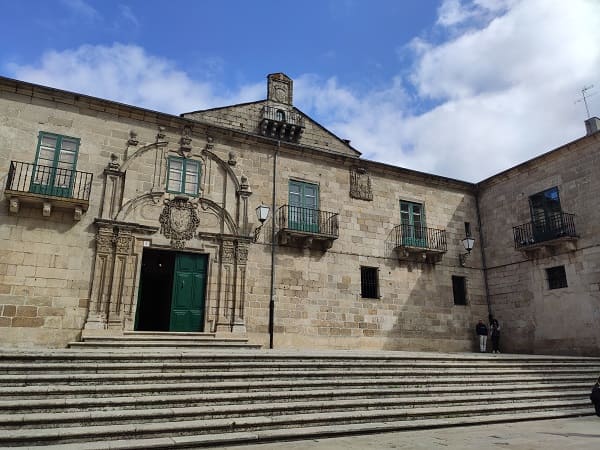
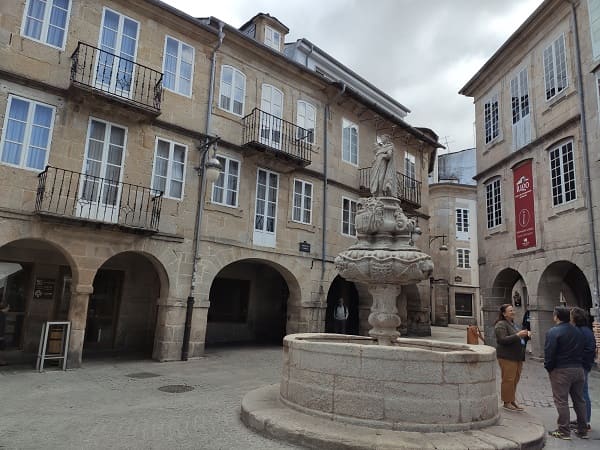
After seeing the cathedral, I will visit
the Plaza Mayor where the city hall is located, which is a very beautiful building from the 18th century, in a baroque style, very overloaded with details. The clock tower itself culminates, which does not contrast with the style of the town hall but gives it a modern touch.
In this square there are several public buildings and several palaces, as well as the circle of arts. Two Roman sculptures stand out in the square, recalling the Roman past of Lugo.
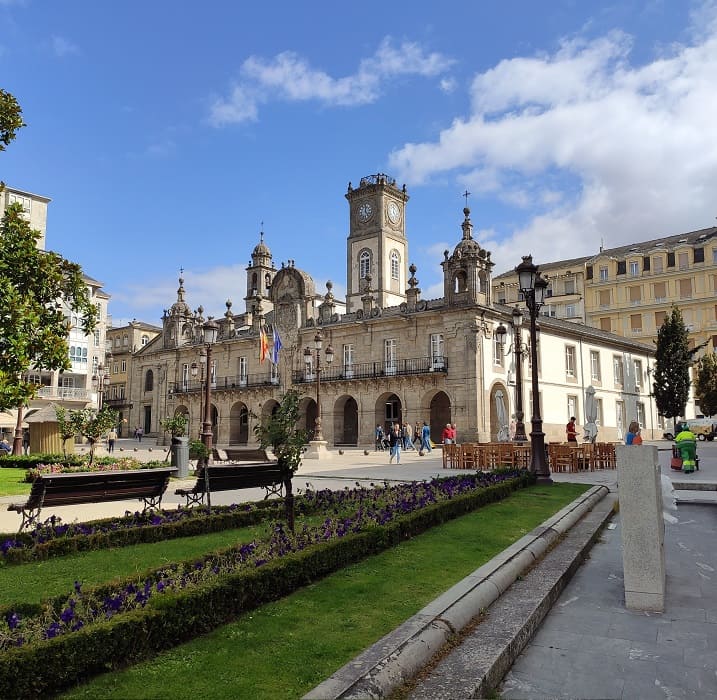
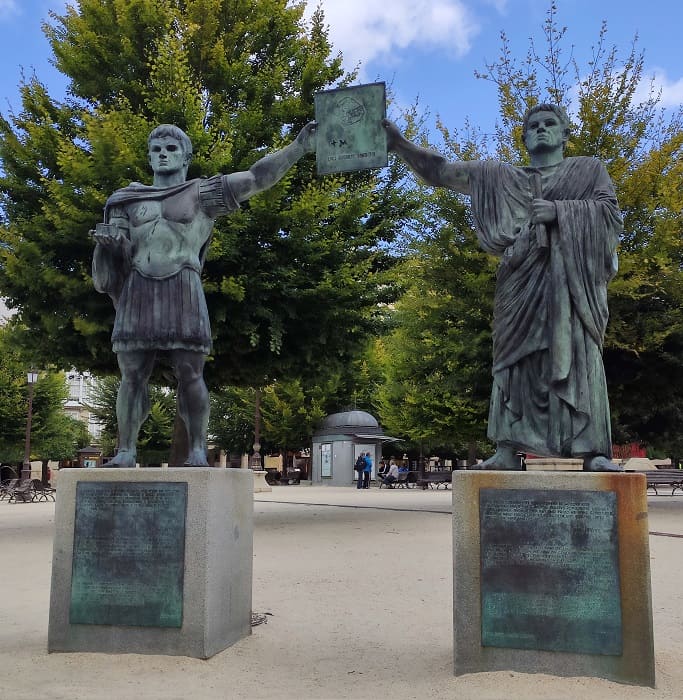
Not far away is
the church of Santiago la Nueva. This church was the convent of the Dominican nuns. Everything has been renovated in the 20th century, although the windows and doors are original. The convent with the confiscation would have different uses such as the post office, the treasury or the council. Today it works as a church.
Then, walking through the streets, you will arrive at the wide
Plaza de Santo Domingo where you can find the monolith that commemorates
the two thousandth anniversary of the city of Lugo, being one of the oldest large cities. ancient of the peninsula
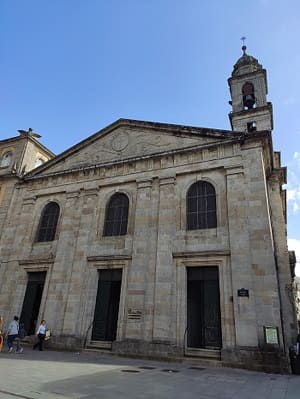
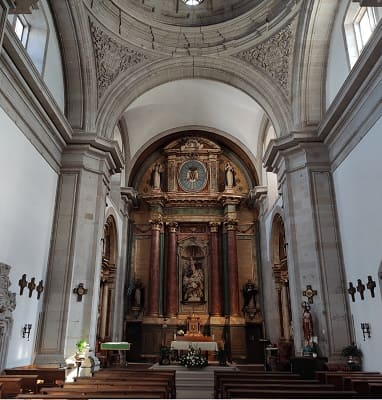
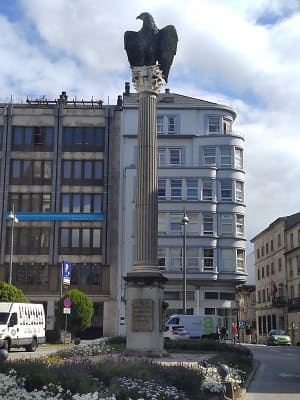
The second most important church after the cathedral is
the church of San Pedro. This church is in the 14th century Gothic style. With large stained glass windows in the final apse, it stands out for having several chapels of great value and tombs from the 15th century where several members of the Lugo nobility rest.
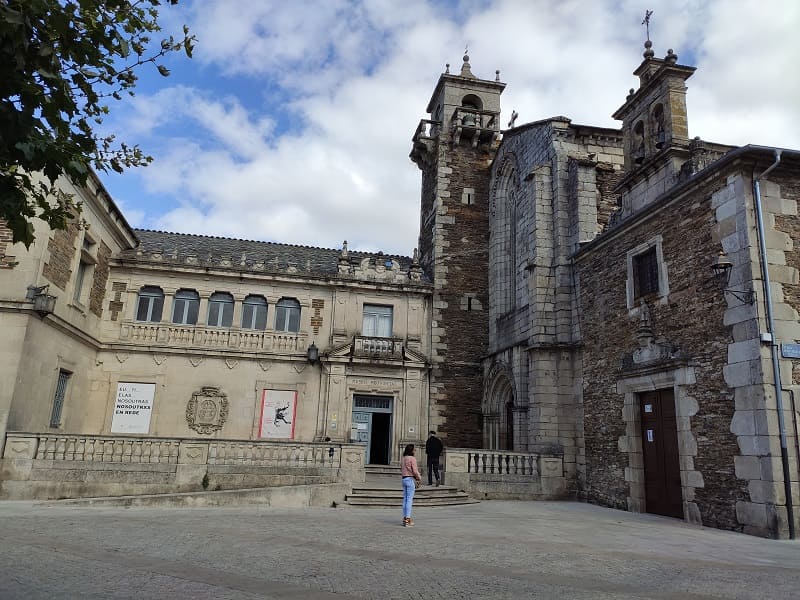
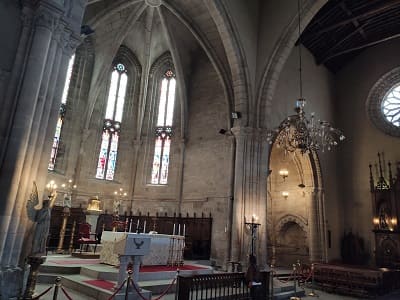
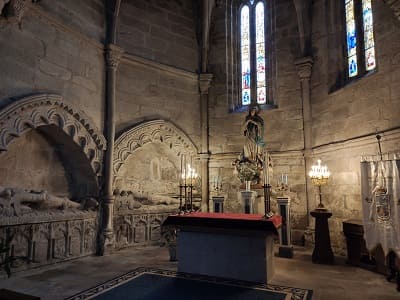
Taking a further turn towards the northwestern part of the historic quarter, we can see
the church of San Froilán, in the Baroque style, and the palace of San Marcos, which today houses the Lugo provincial council, located in one of the large squares and spaces of the city.
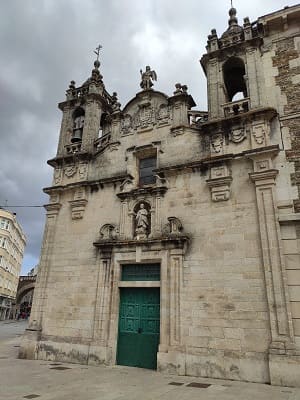
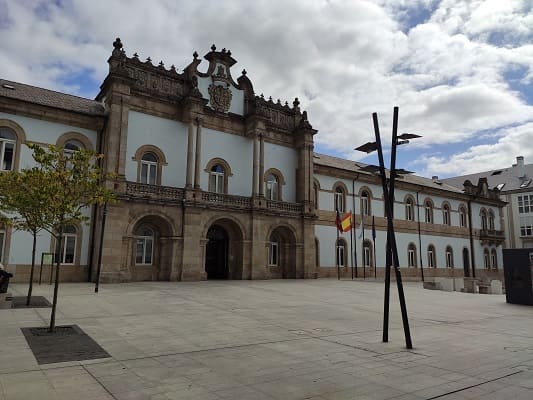
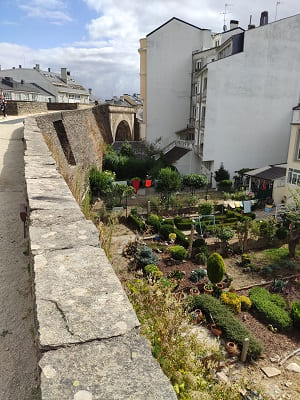
Finally, visit its extensive walls that are said to be the longest preserved from Roman times on the peninsula.
Entrada a Boveda de Mera.
5
Murallas y catedral de Lugo.
6
Day 1, visits to El Bierzo (CLICK to continue)
20 de agosto de 2021
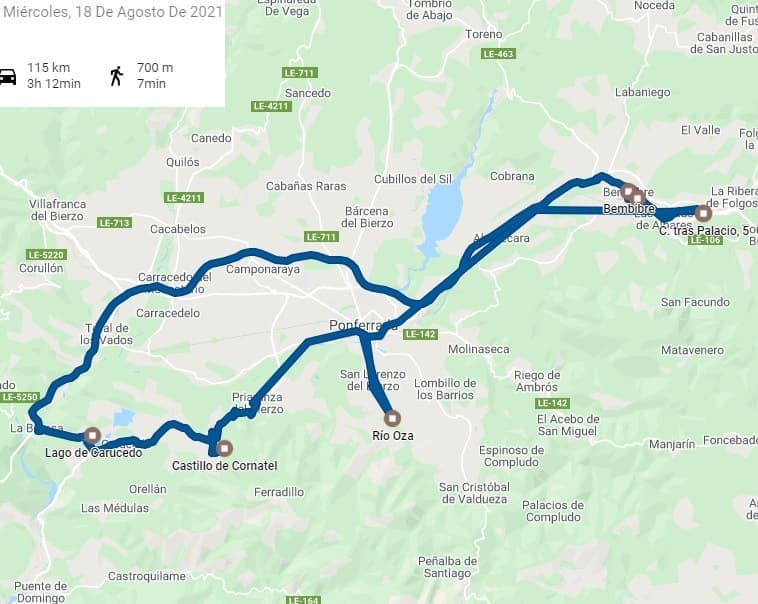






 Lugo is of Roman origin, it was founded in the year 25 a. C. by Paulo Fabio Máximo and is the oldest in Galicia. Built near a castro, in Roman times it received the name of Lucus Augusti. Numerous Roman remains, many of them kept in the Provincial Museum, bear witness to its early history, especially its Roman wall, unique in the world, which preserves its entire perimeter, and which was declared a World Heritage Site in 2000. Dista 85 km from the coast, although its province has a sea.
Lugo is of Roman origin, it was founded in the year 25 a. C. by Paulo Fabio Máximo and is the oldest in Galicia. Built near a castro, in Roman times it received the name of Lucus Augusti. Numerous Roman remains, many of them kept in the Provincial Museum, bear witness to its early history, especially its Roman wall, unique in the world, which preserves its entire perimeter, and which was declared a World Heritage Site in 2000. Dista 85 km from the coast, although its province has a sea.
















